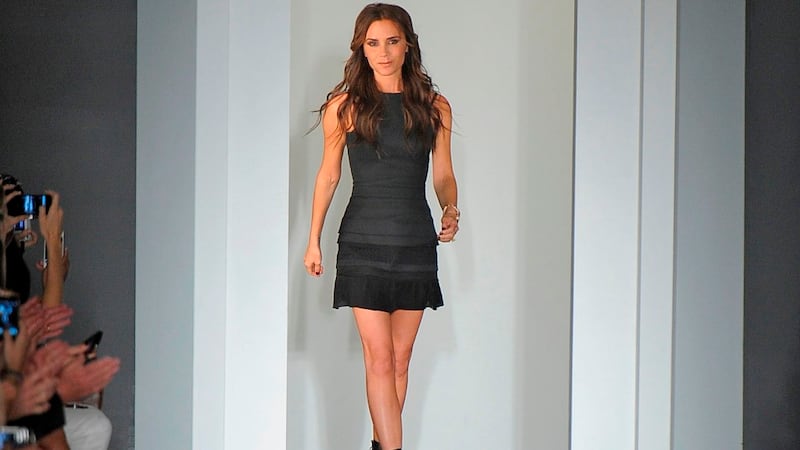For some designers at New York Fashion Week, Barack Obama’s foreign policy catchphrase, “Don’t do stupid stuff,” is a principle that appears to make a whole lot of sense.
You can understand why: on the constantly rotating hamster wheel that is the fashion cycle, going out on a limb with a collection if you have not fully worked it through is a scary proposition. It exposes your soft underside. Better to play it prudent.
This is not necessarily bad (at least when it comes to style), though in clothing terms it can be boring. It generally translates as iterations on a familiar theme, and means there are no glaring missteps in a collection, no weird conceptual moments involving, say, women-as-shrubbery, or women-as-alien-space-creatures. But it also means there are few surprises.

Alexander Wang nudged his activewear aesthetic from hip to haute, although the show opened with a number of black-and-white trouser looks that seemed markedly reminiscent of his work at Balenciaga, it segued into the world of wardrobe staples seen through a sporty lens: tuxedo trousers with athletic mesh strips up the sides, bright Nike origami minidresses, tailored gray shorts and cropped embroidered baseball jackets.
Meanwhile, at Victoria Beckham, Beckham seems to have relaxed into her own slightly expanded signature. Clean lines and precise tailoring were leavened by new (for her) materials, most notably a sandy jute that appeared in graceful mid-calf summer coats with an integral high-waist belt, patch-pocket safari suiting and pieced T-shirt minidresses, interspersed with strips of leather.
There were stretch-knit fluted sundresses and mid-calf skirts brightened by broad black-and-white stripes at the hem paired with chunky braided cotton sweaters - all firmly in step (Beckham also introduced her first shoe line) with the movement toward a feminized minimalism pioneered by Phoebe Philo at Celine. But the biggest news of the show was ... flowers. They came in pastel pink and yellow print in the same clean silhouettes: clever in commercial terms (it will draw a new customer to Beckham, who may have found her previous work too rigorous) but by no means radical in sartorial ones.
It’s her groove and she’s honing it smooth, just as at Derek Lam, where Lam has made something of a signature out of mining the Western love-in of the 1970s, jewel-toned suede separates were well-calibrated variations on the theme. Ditto liquid crepe flares, although long asymmetric taffeta skirts with a peplum at the waist seemed a little too dosido.
Still, it was accomplished, and same-y enough so that it was hard not to wonder what may have happened if Lam had dared square-dance his way into another decade. Of course, there is a corollary to “Don’t do stupid stuff” tenet, and that is “Do smart stuff.” It’s the offensive instead of the defensive version of the idea and it was on display at Altuzarra, where Joseph Altuzarra took his staple silhouette - strong-shouldered and wasp-waisted, narrow at the legs - remade it in gingham and Berber stripes, and then tossed it out altogether.
The contrast of the naive fabrics (which called to mind holidays in St. Tropez or Marrakesh and picnics on the grass) and the shape, which was old Hollywood hot, made for a seductive pairing (as did some suede lattice skirts and vests, subversively teamed with classic white shirts and straight black skirts respectively). But it was the finale of flowing handkerchief dresses with deep V-necks in impressionist flower prints, the edges trimmed in pearls, that was unexpected.
They were feminine and floaty and entirely unrestricted, and elicited a well-merited storm of applause. But when freedom of movement and identity seem like revolutionary ideas, it’s probably time to take some risks.
The New York Times News Service









